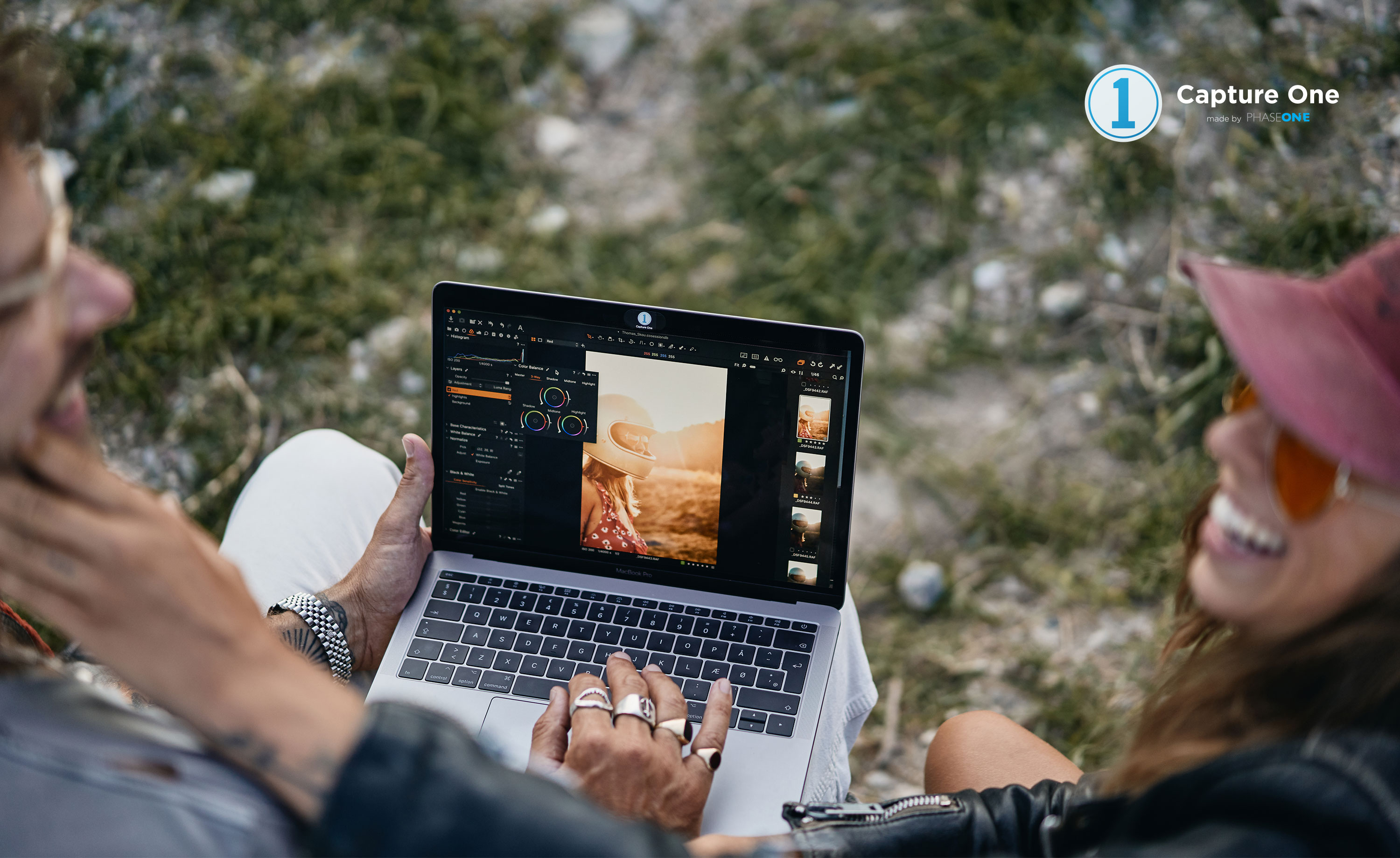
That’s it! But what about adjustments, ratings, metadata and so forth I hear you cry? That is all brought over too, if you remember one simple check box. Import the Capture folder into my catalog.Copy the Capture folder from my Laptop to my external hard drive where I store all my images for Cataloging.If I need to, I can just generate them again from Capture One with a lightening fast export! But if I need an output folder or two, I can also import them using the same steps below… I can do 99% of my work in Capture One and by this point the outputs have already found their home (for example Instagram and Facebook).

From here on, you might decide on a different workflow to me, but I will present some other options at the end.Īs a general rule I don’t tend to move the Outputs to my Catalog because I am not a heavy Photoshop user. When I consider the Session to be ‘finished’ I can then move it to my Catalog.
Keep it locally on my laptop so I can access it whether at the office, in the house, in the home office or in an airport!. Organise the Captures and Output in a useful way. Decide on the images I really want to keep (delete the losers!). So working in a Session like this gives me a good way to. i.e Facebook!īenefits of working in a Session like this This gives me a good way to sort them to their final destinations. See this blog post for more info.Īlso my output folders contain my exports in different formats using different Recipes in Capture One. If we expand it out you can see that the Capture folder has been subdivided and the Output folder has been subdivided in the same way too.Īs a side note the Output sub folders were generated automatically to mirror the Capture folders using a new feature in Capture One 8.2. This particular Session shows a trip to Las Vegas. They are all stored on a folder called ‘Capture One Sessions’….Įach session follows the default format of the automatically created folders, Capture, Output, Selects and Trash. This is what my internal drive currently looks like in terms of some of Sessions I am currently working on. This is a great benefit, as all your images are always on hand for viewing and sorting. Meaning that I can still browse and edit images. Even though it has a 1TB hard drive, that’s pretty easy to fill up, in this day and age! I do however keep my Catalog database on the local laptop hard drive, which gives me the ability to browse all my images without being attached to my office storage, because Capture One previews are ‘Smart’. My only computer is a laptop, which is then easy to move between house / office / home office and also travel with when working on the road for Phase One.īecause of storage limitations I don’t keep ALL images on my Laptop. 
I have a home office remote from the house (which happens to be a log cabin in the garden – ‘Yard’ for the USA!) which contains my hard drives for image storage. Why I work with bothīefore I go further, perhaps it will help to explain my home situation in terms of physical storage, and how I catalog my images. I get the advantages of both systems in a workflow that works for me. This is exactly what I do with my personal work at home. Each method offers advantages in file handling, but what if you wanted to take advantage of both of these? Either via a Catalog (or Library as you may know it) or uniquely to Capture One, a Session. To learn more about our latest version, click here.Ĭapture One offers two distinct ways of managing your files. NOTE: This article discusses an outdated version of Capture One.






 0 kommentar(er)
0 kommentar(er)
